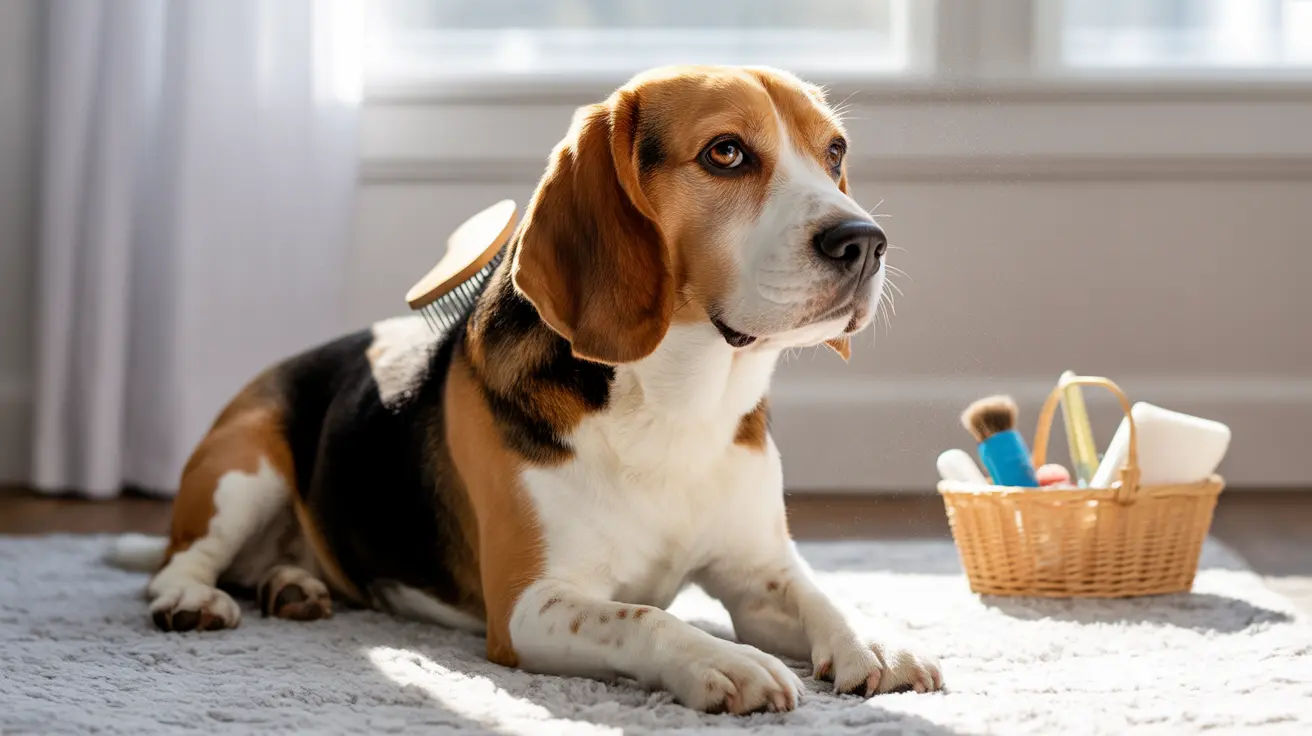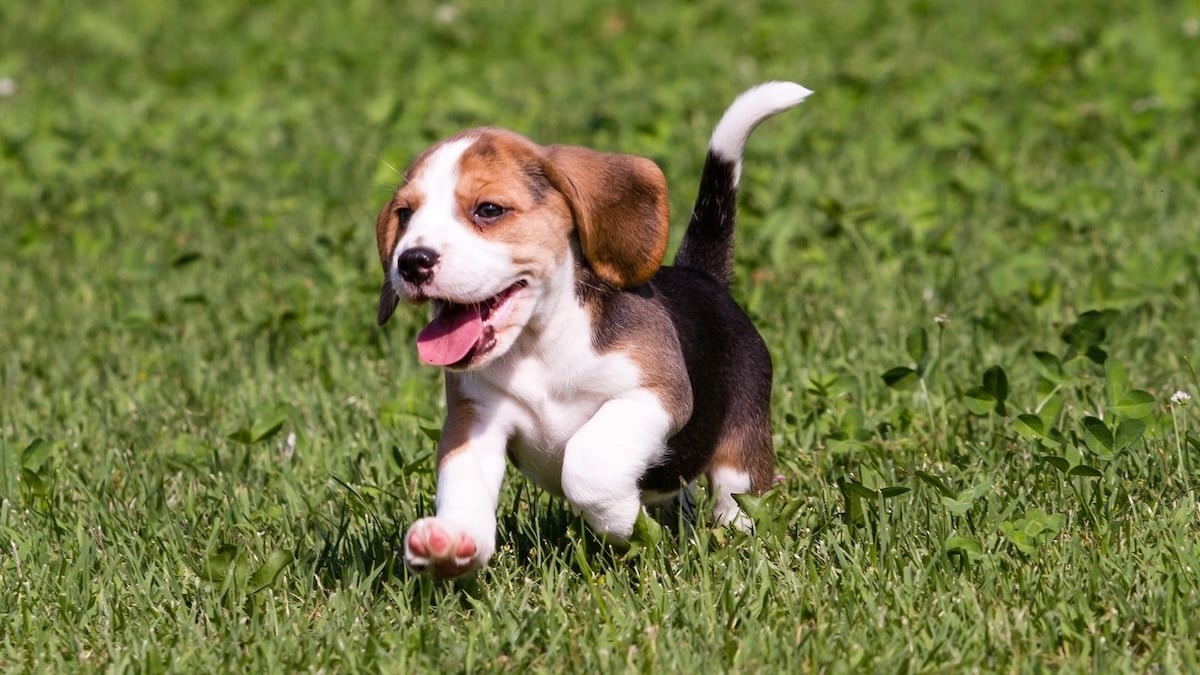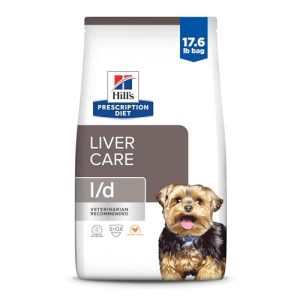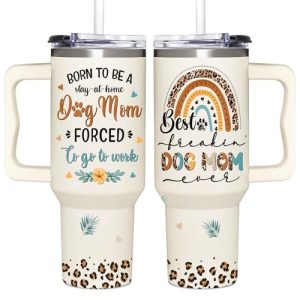If you have a Beagle or are thinking about getting one, you probably want to know the best way to keep your furry friend happy and healthy. Beagles are full of energy, curiosity, and love.
But caring for them isn’t always easy. You might wonder how to handle their strong instincts, keep them well-fed, or make sure they get enough exercise. This guide will give you simple, practical tips that anyone can follow. By the end, you’ll feel confident in giving your Beagle the care it truly deserves.
Keep reading to discover how to make your Beagle’s life joyful and rewarding every single day.

Credit: www.youtube.com
Beagle Basics
Getting to know your Beagle is the first step in providing the care it truly needs. Understanding their basics helps you meet their physical and emotional needs better. Let’s look into what makes Beagles special, their typical behavior, and health concerns to watch out for.
Breed Traits
Beagles are small to medium-sized dogs known for their strong sense of smell and hunting skills. They have a short, easy-to-maintain coat that comes in various colors like tricolor, lemon, or red and white.
These dogs are very energetic and require regular exercise to stay healthy. You might notice your Beagle’s curiosity and love for exploring—they are natural trackers and love following scents.
Temperament
Beagles are friendly and social dogs that usually get along well with children and other pets. They can be quite vocal, often barking or baying, especially when they catch an interesting scent.
While they are affectionate and loyal, Beagles can also be stubborn. Training requires patience and consistency. Have you noticed how your Beagle’s mood changes when they don’t get enough attention or exercise?
Common Health Issues
Like all breeds, Beagles have specific health concerns you should watch for. Ear infections are common due to their floppy ears that trap moisture and dirt.
They are also prone to obesity, so keeping an eye on their diet and exercise is essential. Regular vet check-ups can help catch problems like hip dysplasia or hypothyroidism early.
Feeding Your Beagle
Feeding your Beagle properly ensures a happy and healthy life. This breed is known for its love of food, which can lead to overeating. Understanding their dietary needs is crucial for maintaining their weight and health.
Diet Requirements
Beagles need a balanced diet rich in protein and healthy fats. They require carbohydrates for energy and fiber for digestion. Vitamins and minerals are also essential for their overall well-being. Choose foods that meet these nutritional needs.
Portion Control
Beagles have a tendency to overeat, so portion control is vital. Use a measuring cup to serve their meals. Split their daily intake into two or three smaller meals. This helps manage their hunger and energy levels throughout the day.
Best Food Choices
Select high-quality dog food that lists meat as the first ingredient. Avoid foods with artificial additives or fillers. Consider grain-free options if your Beagle shows signs of allergies. Fresh water should always be available to keep them hydrated.
Exercise Needs
Beagles are energetic dogs that need regular exercise to stay healthy. Without enough activity, they may become bored and restless. Exercise helps maintain their weight, sharpens their mind, and reduces unwanted behaviors. Planning daily exercise routines is essential for a happy beagle.
Daily Activity
Beagles need at least 30 to 60 minutes of exercise every day. Walks, play sessions, or running in a safe area work well. Consistent activity keeps their muscles strong and their energy balanced. Short bursts of exercise throughout the day also help.
Mental Stimulation
Exercise is not only physical but mental too. Beagles enjoy puzzles, scent games, and training sessions. These activities challenge their minds and satisfy their natural curiosity. Mental stimulation reduces boredom and prevents destructive behavior.
Safe Outdoor Play
Outdoor play lets beagles explore and use their hunting instincts. Always use a secure, fenced area or keep your dog on a leash. Check the environment for hazards like toxic plants or sharp objects. Supervised playtime ensures safety and fun for your beagle.
Grooming Tips
Proper grooming keeps your Beagle healthy and happy. It helps prevent skin problems and reduces shedding. Grooming also strengthens the bond between you and your dog. Regular care makes your Beagle look clean and feel comfortable.
Coat Care
Beagles have short, dense coats that shed moderately. Brush your dog’s coat twice a week to remove loose hair. Use a bristle brush or a grooming mitt for best results. Brushing also distributes natural oils, keeping the coat shiny and healthy. Check for ticks, fleas, and any skin irritation during grooming sessions.
Bathing Routine
Bath your Beagle every 4 to 6 weeks. Use a mild dog shampoo to avoid skin dryness. Rinse thoroughly to remove all soap residue. Dry your dog well with a towel or a low heat setting on a dryer. Avoid overbathing, as it can strip natural oils and cause irritation.
Nail Trimming
Trim your Beagle’s nails every 3 to 4 weeks. Long nails can cause discomfort and affect walking. Use a sharp nail clipper designed for dogs. Cut small parts at a time to avoid hitting the quick, which causes bleeding. Reward your dog after trimming to create a positive experience.
Training Techniques
Training your Beagle is key to ensuring a happy and well-behaved companion. Their curious and energetic nature means you need consistent and patient techniques to guide them effectively. Let’s dive into practical training methods that can help you connect with your Beagle and teach them what they need to know.
Basic Commands
Start with simple commands like “sit,” “stay,” “come,” and “leave it.” These form the foundation for good behavior and safety. Use short, clear words and repeat them during daily routines to help your Beagle understand what you expect.
Short training sessions work best—about 5 to 10 minutes each day keeps your dog focused without getting bored. For example, ask for a “sit” before mealtime or walks. This builds good habits naturally and makes learning part of everyday life.
Positive Reinforcement
Reward your Beagle immediately when they follow a command or show good behavior. Treats, praise, or playtime are powerful motivators. This approach encourages your dog to repeat the behavior because they associate it with something enjoyable.
Keep rewards small and frequent to maintain interest without overfeeding. You might notice your Beagle quickly picking up new commands when they know good things come right after. Does your dog respond better to treats or a favorite toy?
Handling Stubbornness
Beagles are known for their stubborn streak, which can test your patience. Instead of raising your voice or showing frustration, stay calm and consistent. Changing your tone or approach can confuse your dog and make training harder.
Use a firm but gentle tone and break tasks into smaller, manageable steps. If your Beagle resists “stay,” try shorter durations and gradually increase them. Have you found any tricks that help your Beagle focus when they seem distracted?

Credit: www.petscare.com
Health Maintenance
Keeping your Beagle healthy is more than just feeding and walking them. Health maintenance involves a proactive approach to prevent illnesses and catch problems early. How often do you think about your dog’s health beyond their daily routine?
Regular Vet Visits
Scheduling regular check-ups with your vet is crucial. These visits help spot issues before they become serious. I noticed my Beagle started scratching more than usual, and a quick vet visit revealed a skin allergy early on.
During these visits, vets check your dog’s weight, teeth, and overall condition. They can also advise on diet changes or exercise adjustments to keep your Beagle in top shape.
Vaccinations
Vaccinations protect your Beagle from dangerous diseases like rabies, distemper, and parvovirus. Make sure you follow the vaccination schedule your vet recommends.
Missing a shot can leave your dog vulnerable, but keeping up-to-date means fewer health risks. Ask your vet about booster shots and which vaccines are necessary for your area.
Parasite Prevention
Parasites like fleas, ticks, and worms can cause serious health problems for your Beagle. Use vet-approved products regularly to prevent infestations.
Check your dog’s coat often, especially after outdoor activities. Parasites can hide in fur and lead to discomfort or disease.
- Use flea and tick collars or topical treatments
- Administer deworming medication as advised
- Keep your yard clean to reduce parasite risks
Could a simple daily check save your Beagle from months of discomfort? Paying attention to these details can make a big difference in your dog’s health.
Creating A Safe Home
Creating a safe home is essential for your Beagle’s well-being and happiness. These curious dogs love to explore, which means your living space needs to protect them from potential dangers without limiting their natural energy. Let’s look at practical ways to make your home a secure and inviting environment for your Beagle.
Dog-proofing Tips
Beagles are known for their strong noses and determination, which can lead them into trouble quickly. Secure all electrical cords by hiding or covering them—chewing on wires can cause serious injury. Keep cleaning supplies and medications locked away or out of reach to prevent accidental poisoning.
Remove small objects like coins, buttons, or children’s toys from the floor to avoid choking hazards. If you have houseplants, check if they’re toxic to dogs and relocate or remove any dangerous ones. Creating barriers with baby gates can help you control the areas your Beagle can access, especially when you’re not around to supervise.
Comfortable Sleeping Area
Your Beagle needs a cozy spot to rest and recharge. Choose a bed with supportive cushioning that fits their size—too small can cause discomfort, while too large might not feel secure. Place the bed in a quiet corner away from drafts and heavy foot traffic to give your dog a true retreat.
Adding a blanket or an old t-shirt with your scent can comfort your Beagle, especially if they tend to experience separation anxiety. Think about how your dog likes to sleep—curled up or stretched out—and pick bedding accordingly. A well-rested Beagle is a happier, more energetic companion.
Safe Toys And Chews
Beagles love to chew and play, so providing safe toys is crucial. Avoid toys that are too small or can easily break apart, as these can become choking hazards. Opt for durable rubber toys, puzzle feeders, or specially designed chew toys that can withstand their strong jaws.
Rotate toys regularly to keep your Beagle interested and mentally stimulated. Pay attention to how your dog interacts with different toys—do they prefer squeaky ones or something to chew on quietly? Watching their preferences helps you provide the best options and keeps playtime safe and fun.
Socializing Your Beagle
Socializing your Beagle is essential for a happy, well-behaved dog. Beagles are naturally curious and friendly. They thrive on interaction with people and other animals. Proper socialization helps reduce fear and aggression. It also builds confidence and trust. Early social experiences shape their behavior throughout life. Spend time exposing your Beagle to different environments and companions.
Introducing To Other Pets
Introduce your Beagle to other pets slowly and carefully. Choose a calm, neutral space for first meetings. Keep both animals on a leash or controlled area. Watch their body language closely for signs of stress. Let them sniff and explore each other at their own pace. Praise calm and friendly behavior with treats. Avoid forcing interactions to prevent fear or aggression. Repeat meetings often to build positive relationships.
Meeting New People
Expose your Beagle to different people regularly. Include children, adults, and strangers in various settings. Use gentle praise and treats to reward friendly greetings. Teach your Beagle to stay calm and polite around new faces. Avoid overwhelming your dog with too many strangers at once. Short, positive interactions work best. Social visits help your Beagle feel safe and confident.
Handling Separation Anxiety
Separation anxiety is common in Beagles due to their strong bonds. Practice short separations to build independence. Create a safe, comfortable space with toys and bedding. Use calming sounds or a worn shirt with your scent. Avoid long goodbyes to reduce stress. Gradually increase time apart, rewarding calm behavior. Seek help from a vet or trainer for severe anxiety cases.

Credit: www.rover.com
Frequently Asked Questions
How Often Should I Groom My Beagle Dog?
Beagles need grooming once every week to keep their coat clean. Regular brushing reduces shedding and prevents matting. Bathing is recommended once a month or when they get dirty. Check ears weekly for cleanliness to avoid infections.
What Is The Best Diet For A Beagle?
A balanced diet with high-quality dog food rich in protein is ideal. Include vegetables and grains for nutrients. Avoid overfeeding, as Beagles are prone to obesity. Fresh water should always be available to keep them hydrated.
How Much Exercise Does A Beagle Require Daily?
Beagles need at least 30 to 60 minutes of exercise each day. Daily walks, playtime, and mental stimulation keep them healthy and happy. Exercise helps prevent behavioral problems caused by boredom and excess energy.
How Do I Train My Beagle Effectively?
Use positive reinforcement techniques like treats and praise. Beagles respond well to consistent, patient training. Early socialization is important to prevent stubbornness. Short, frequent training sessions work best for their attention span.
Conclusion
Caring for a Beagle takes time and patience. Feed them healthy food and give fresh water daily. Regular exercise keeps them happy and fit. Brush their coat to avoid mats and dirt. Visit the vet for check-ups and vaccines. Show love with play and gentle words.
These steps help your Beagle live a long, joyful life. Enjoy every moment with your loyal friend. Simple care makes a big difference for Beagles.

Emily Barker is the founder of ChillDogLife.com, a space dedicated to helping pup parents discover the best dog products, lifestyle tips, and cozy ideas for happier homes.
A lifelong dog lover, Emily combines her passion for pets with a knack for research to share trusted recommendations on everything from toys and furniture to health and everyday care.
Her goal is simple: to make life easier, stylish, and more joyful for dogs and the people who love them.







